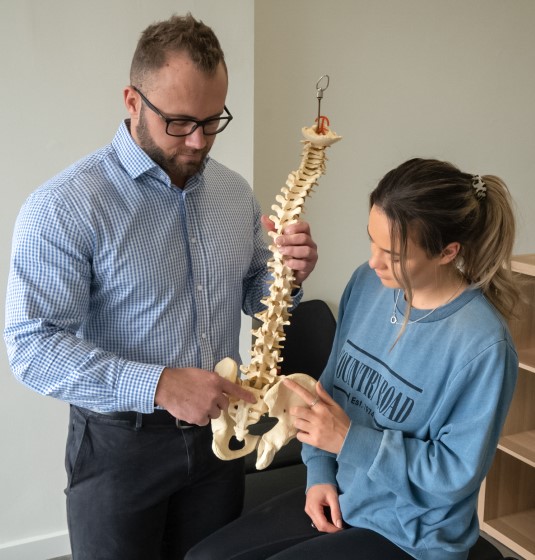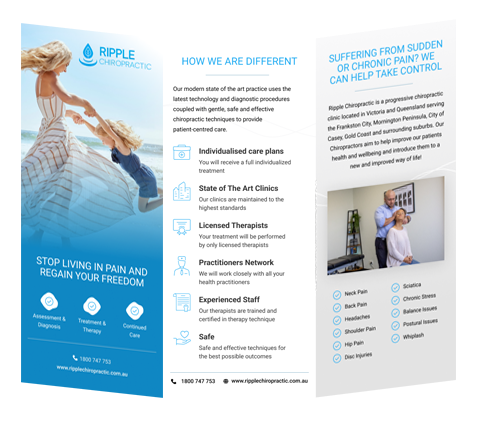The Connection Between Movement and Low back Pain
Last updated on October 3, 2023
Low back pain is a common and often debilitating issue that can significantly impact a person’s quality of life. Movement, or lack thereof, plays a crucial role in both the development and alleviation of low back pain. Let’s explore the intricate relationship between low back pain and movement, as well as the importance of maintaining a healthy and active lifestyle.
Table of Contents
ToggleEffects of Lack of Movement
Stiffness and Reduced Range of Motion:
Regular movement helps lubricate the joints with synovial fluid, which nourishes the joint tissues and allows for smooth, pain-free motion. When movement is lacking, this fluid can become less viscous, leading to joint stiffness and a reduced range of motion.
Muscle Weakness and Imbalances:
Lack of movement can lead to muscle weakness, particularly in the muscles that support and stabilise the joints. Weak muscles can’t provide proper support, which can result in joint instability and restricted mobility. Imbalances between opposing muscle groups can also affect joint alignment and function.
Connective Tissue Changes:
Ligaments, tendons, and other connective tissues around the joints require regular movement to maintain their elasticity and flexibility. Without movement, these tissues can become less pliable and more prone to injury or strain.
Adhesions and Scar Tissue:
Lack of movement can lead to the formation of adhesions and scar tissue within the joint and surrounding tissues. These adhesions can restrict joint movement and cause discomfort.
Joint Degeneration:
Movement helps nourish the cartilage that covers the ends of bones within joints. Without movement, cartilage may not receive proper nutrients, leading to cartilage degeneration, joint inflammation, and eventually osteoarthritis.
Pain and Discomfort:
Restricted movement can cause pain and discomfort in and around the affected joint. Pain itself can further limit movement as individuals tend to avoid activities that cause discomfort.
Impact on Proprioception:
Regular movement plays a role in maintaining proprioception, the sense of the body’s position in space. When joint mobility is compromised, proprioception can be disrupted, increasing the risk of falls and injuries.
Impact on Overall Health:
Lack of movement not only affects joint health but also contributes to overall health issues such as weight gain, cardiovascular problems, and a decline in overall physical function.
Preventing and Addressing Decreased Joint Mobility:
- Stay Active: Engage in regular physical activity that involves a variety of movements. Incorporate aerobic exercises, strength training, and flexibility exercises into your routine.
- Stretching and Mobility Exercises: Include regular stretching and mobility exercises that target different joints. This can help maintain or improve joint flexibility.
- Proper Posture: Maintain good posture to prevent unnecessary stress on the joints. Poor posture can lead to joint misalignment and decreased mobility.
- Avoid Prolonged Sitting: If you have a sedentary job, make an effort to take breaks and move around regularly to prevent joint stiffness.
- Listen to Your Body: If you experience joint pain, discomfort, or limited mobility, consult a chiropractor for professional advice.
In conclusion, lack of movement can have a detrimental effect on joint mobility, leading to stiffness, discomfort, and increased risk of joint-related issues. Incorporating regular movement, maintaining good posture, and practising joint-specific exercises can help preserve and improve joint mobility, contributing to overall well-being.



